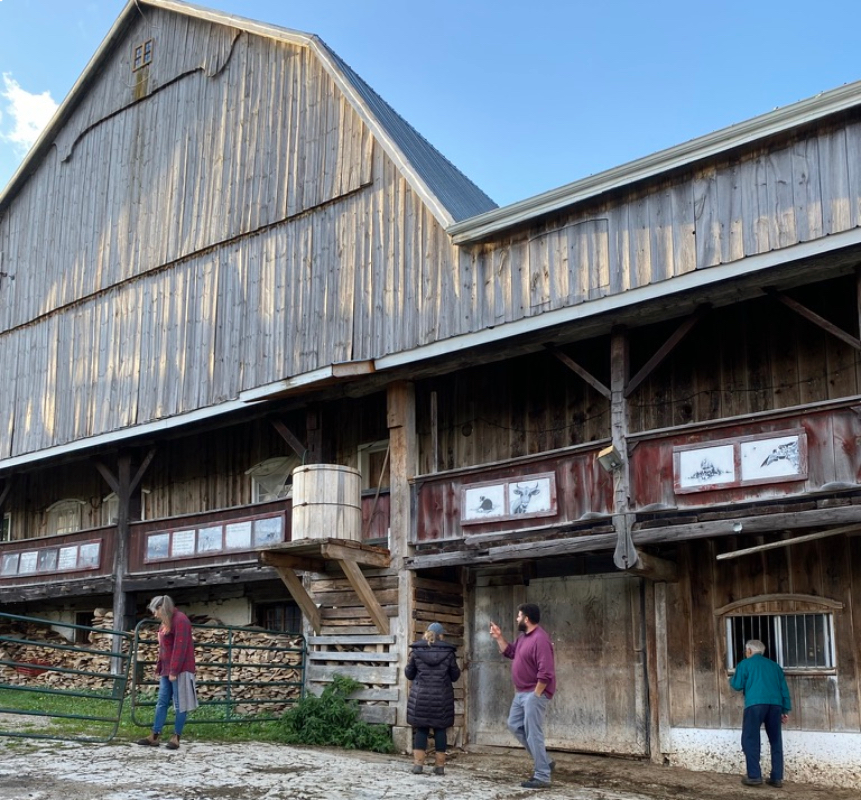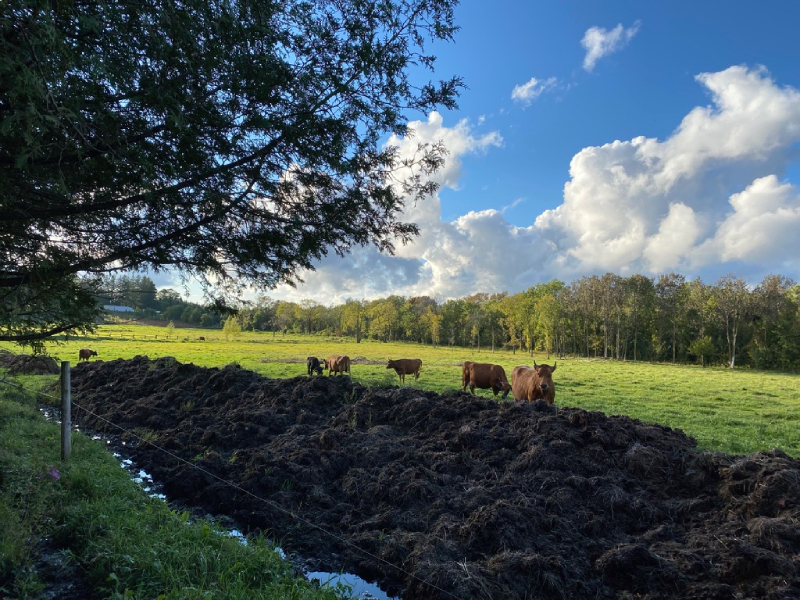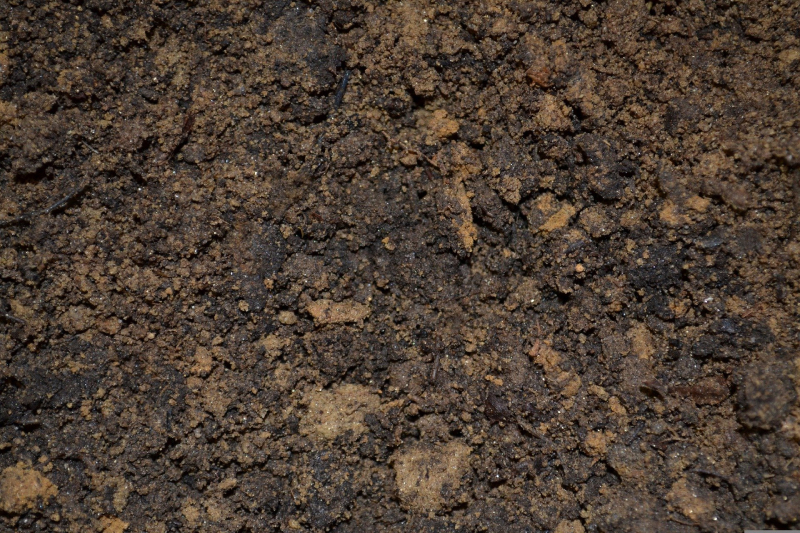The Soil Project

Ruined land was accepted as the collateral damage of progress.
– Robin Wall Kimmerer in Braiding Sweetgrass
Soil as a Relational Medium is a transdisciplinary project that unites scientists, social scientists, artists, curators, humanists, communities, and more-than-human collaborators to explore human-soil relations across Canada.
Soil is a non-renewable resource presently under threat by human activity. The FAO Status of the World’s Soil Resources (2015) states that 33% of global soils are currently degraded, and the IPBES Assessment Report on Land Degradation and Restoration (2018) reports that this could increase to 90% by 2050. The FAO Global Symposium on Soil Erosion (2019) maintains that while soil erosion is a natural process, it is greatly amplified by human agricultural activity such that it now outpaces soil formation rates.
Over the past few decades, ideas of soil crisis, soil security, soil health, and soil care have emerged in soil science and society alongside calls for increased recognition. In 2013, soil scientists declared a global soil crisis to which they posited soil security in response (Koch et al.). In 2014, the first World Soil Day was held on December 5 to raise global awareness of the importance of soils and their ongoing degradation. And, in 2015, the IUSS proclaimed the International Decade of Soils (2015-2024) in the Vienna Soil Declaration.
Researchers, policymakers, artists, activists, and soil practitioners worldwide are working diligently to raise soil’s profile with the hope of protecting and restoring it for generations to come. Soil as a Relational Medium joins this growing international current, probing soils’ memories, listening for timeless narratives that bind together all land’s inhabitants, and offering guidance on how we might better live on, with, and within the lands that sustain all life.
Sunnivue Pilot Project
Southwestern Ontario
Yukon
Southern Alberta


